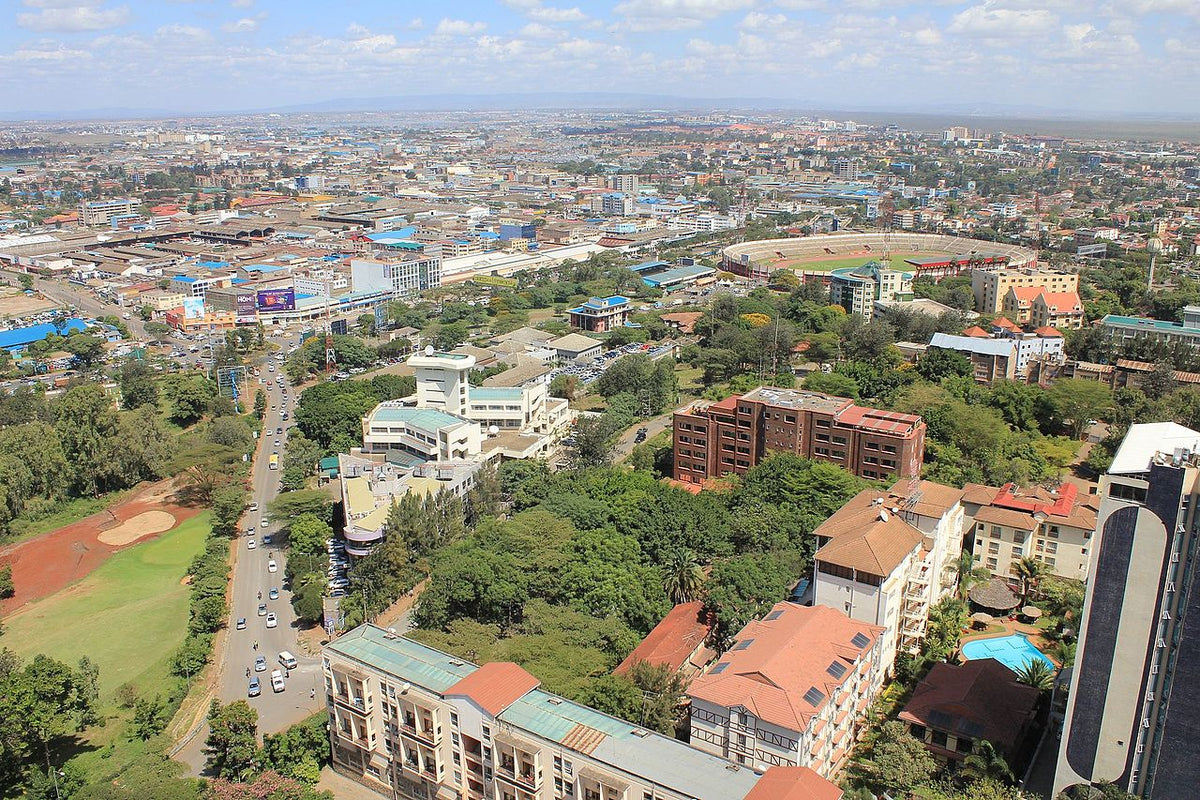Why We Have Worlds Within the World

What are the “Worlds” within the world?
There are no official definitions of First, Second, or Third World since these terms were coined during the Cold War to distinguish the geopolitics of the world’s various countries. These terms are incredibly outdated and are used loosely.
The technical differences between the worlds:
First World – industrial, capitalist countries
Second World – communist and socialist states
Thirds World – developing countries
Fourth World – indigenous nations living within state and country boundaries
A definition of “Third World”
According to nationsonline.org, “Third World” identifies countries that suffer from “high infant mortality, low economic development, high levels of poverty, low utilization of natural resources, and heavy dependence on industrialized nations.” These countries are developing and are less technologically advanced than the other worlds. An important factor in defining a country as “Third World” is the country’s lack of a middle class. Large wage gaps signify an unstable economy run by the small upper class which has control over the country’s money and resources.
“Third World” countries are identified by five different categories:
- Political Freedom and Civil Liberties
- Gross National Income (GNI)
- Human Development
- Poverty
- Press Freedom
The top five countries in each category:
Political Freedom and Civil Liberties: Burma (Myanmar), Cuba, Libya, North Korea, and Somalia.
GNI: Timor-Leste, Malawi, Somalia, Democratic Republic of the Congo, and Tanzania.
Human Development: Democratic Republic of the Congo, Niger, Burundi, Mozambique, and Chad.
Poverty: Malawi, Somalia, Democratic Republic of the Congo, Haiti, and Tanzania
Press Freedom: Tunisia, Maldives, Somalia, Pakistan, and Bangladesh
The Vineworks Challenge
At Vineworks, we challenge this mentality of worlds and simply refer to our partner countries as what they are: developing countries. This recognizes both the economic struggles along with the great accomplishments and culture of these countries. Our goal is to alleviate poverty and encourage sustainable jobs around the globe while not alienating the amazing artisans, growers, stitchers, and metal workers that we have the opportunity to work with. It is our hope that we can bridge the gap between consumers and the countries that we work in through living wages and a company model of giving back.
Sources: nationsonline.org, answersafrica.com
Leave a comment
Comments will be approved before showing up.
Also in News





